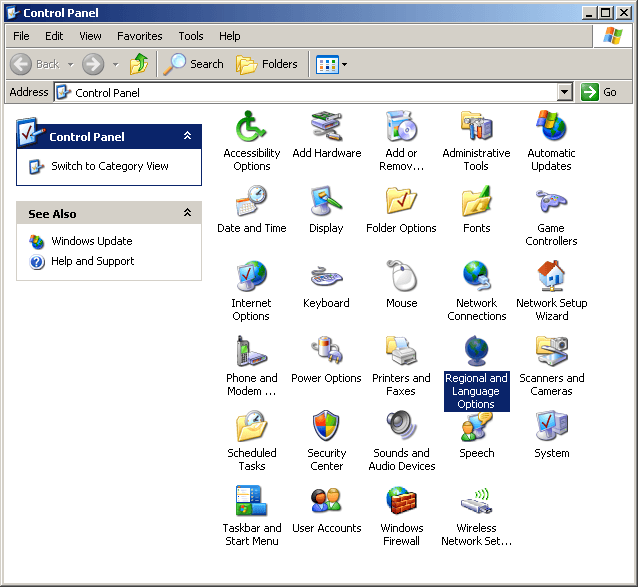East Asian Language Pack Xp
Apr 19, 2010 If you have Windows XP installation disc, you can install the East Asian Language Pack by loading the disc. However, if the disc is not available, here is a third party website which provides the cplexe.exe file.
If someone creates a document on a computer with an East Asian language version of Office, that document might look different when shared with someone else who does not have East Asian fonts installed on their computer. Office programs will substitute the original font with the closest available installed font, which may result in odd spacing between characters. You can add the language you need for the fonts to display correctly.

Although it can occur with any language, a font conflict is most likely to occur with users of the new East Asian fonts that come with Office 2016, because users of earlier versions of Office will not have these fonts installed.
Note: In Office 2016, the new default font for the Simplified Chinese version of Excel, Word, PowerPoint, Outlook, and OneNote is Dengxian. If you’re using Office 2010 or Office 2013, you can install the Dengxian font pack from the Microsoft Download Center.
To add the East Asian fonts, you need to install the East Asian language. Installing the East Asian language does not necessarily change the default language you use with Windows; it simply adds the East Asian language as an additional language and downloads the related fonts.
Add a language and associated fonts
Click the Windows Start button, click Settings, and then click Time & language.
Click Region & language, and then click Add a language.
Click the language for the font you want to add. Any fonts associated with that language will be downloaded, and your text should display correctly.
See Also
Environment - C#, .NET 4.0, WPF, VS2010

I have a simple Windows application that supports several cultures/languages. When users select Japanese, Korean, Chinese (Simplified), or Chinese (Traditional), Windows XP will display funny looking 'square' or 'block' characters in the place of the glyphs. This problem does not occur on Windows Vista, 7 or 8.
As a solution I was advised to go to 'Control Panel Regional and Language Options', select the 'Languages' tab, and then check the box to 'Install files for East Asian languages'.
Element metropolitan keygen torrent. And that did fix the problem..for my machine. Now I understand that users in Japan who select 'Japanese' will most likely already have the necessary resources installed, and they will most likely not experience this problem.

But..I require the ability to detect whether or not the East Asian languages have been installed on any Windows XP machine that is running my app. In such case I will be able to display a message box notifying them to install the languages..or I might decide to hide the Japanese, Korean, Chinese (Simplified) and Chinese (Traditional) culture/language choices.
So..how can I detect if Windows XP has the necessary East Asian language files installed? I prefer a .NET solution, but I am willing to make API calls if necessary.
JP
3 Answers
Instead of checking InputLanguage, you should check CultureInfo using GetCultures function call,
As documented, if InstalledWin32Cultures is used as parameter, this function should return what you want,
You could iterate like this:
Xp East Asian Language Pack
it will display what you are looking for.
I haven't tried this but my inclination would be simply to try it--draw something in an East Asian language and examine the result. Did you get a box?
Edit: Apparently some people didn't realize I meant to draw the text and then have the code examine the result. I didn't mean a human eyeball test!
Loren PechtelLoren Pechtel